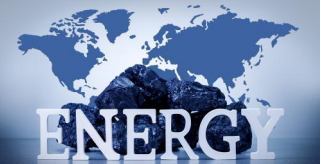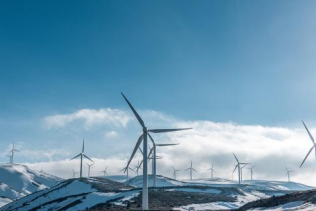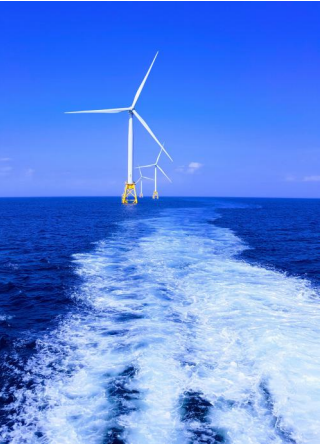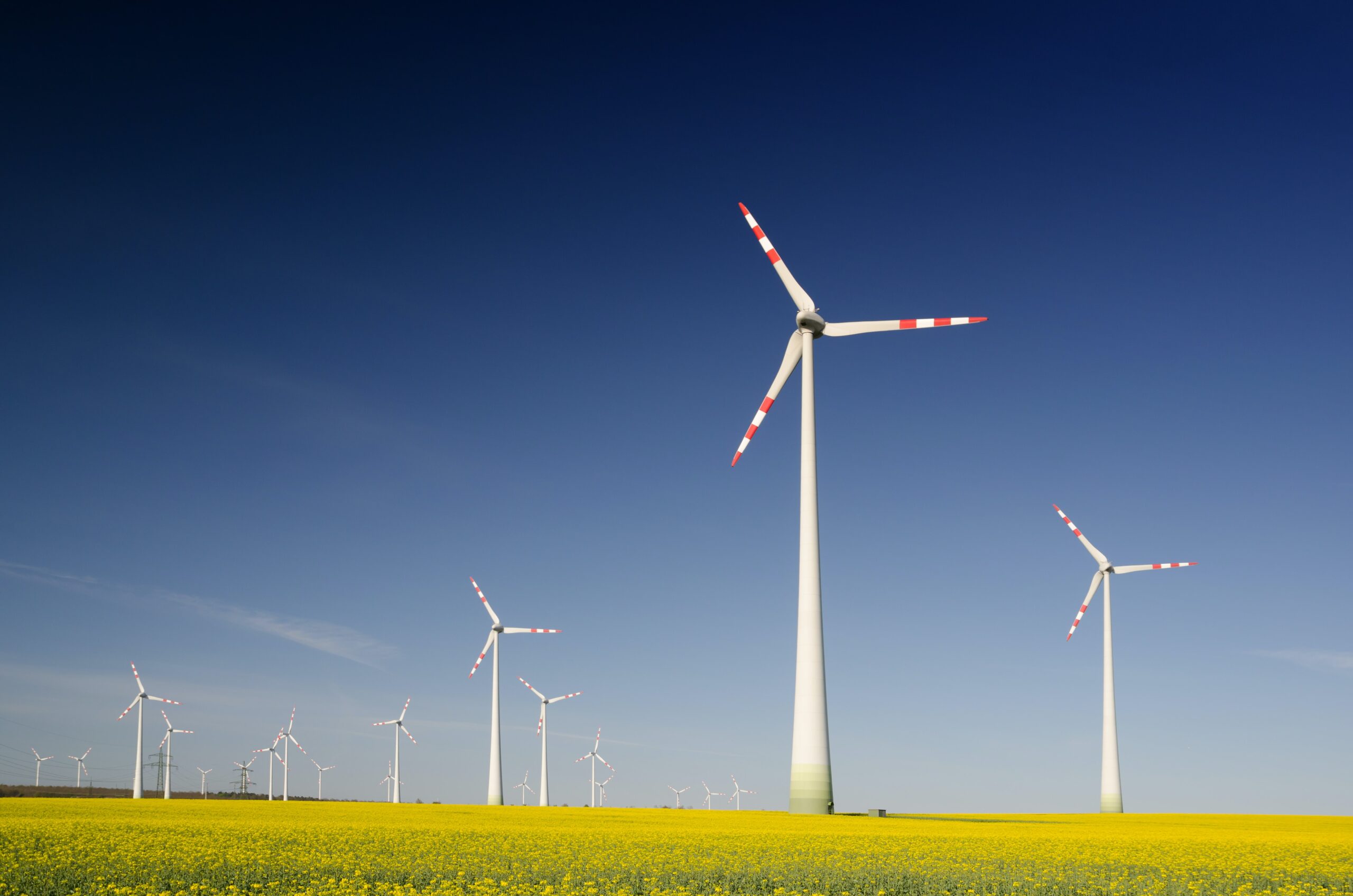Role of Gear Technology in Improving Wind Turbine Efficiency
Author Gear Technology India on June 19, 2023
The wind energy sector is a rapidly growing industry, and with technological advancements in gearboxes, it is only going to get bigger
By: Sushmita Das
Wind energy is a rapidly growing sector of the power industry with wind turbines playing a crucial role in generating clean, renewable energy. As demand for wind energy continues to rise, there is a growing need for more efficient and reliable wind turbine designs. Thus, gear technology plays a vital role in achieving these very goals of wind turbines.
How it works
Put simply, wind turbines rely on gears to convert the rotational energy of the blades into electricity. The blades spin the rotor, which in turn spins a shaft. This shaft is connected to a gearbox which increases the speed of the rotational energy and transfers it to a generator that produces electricity.
The gearbox is a critical component of the wind turbine, and its overall efficiency has a direct impact on the system.
According to the International Energy Agency (IEA), renewable electricity generation increased by almost 7% in 2021 with wind and solar PV (photovoltaic) accounting for nearly 90 % of the growth.
Renewables made up 28.7 % of global electricity generation, but only saw a modest 0.4% increase due to the high electricity demand and decreased hydropower generation from droughts.

Key technological advancements
Direct Drive Systems
One of the most significant and recent advances in gear technology for wind turbines is the use of direct drive systems. In these systems, the gearbox is eliminated entirely, and the rotor is directly connected to a low-speed generator. This reduces the number of moving parts in the wind turbine which can lead to higher reliability and efficiency.
Hybrid Drives
Another recent development in gear technology for wind turbines is the use of hybrid drives. These systems combine elements of both direct drive and traditional gearbox designs. Here, a smaller gearbox is used to increase the speed of the rotational energy from the blades, which is then transferred to a larger generator. With this nifty feature, it allows for a more suitable/sustainable transfer of energy, and can result in higher overall efficiency and reliability

Material Technology
Materials technology is yet another advancement that have also played a significant role in improving the efficiency of wind turbine gears. For example, the use of carbon fiber composite materials can significantly reduce the weight of the gearbox, which in turn reduces friction and improves efficiency.
Similarly, the use of advanced coatings and surface treatments can help reduce wear and extend the lifespan of the gears.
Wind Turbine Efficiency
Another important factor in improving wind turbine efficiency is the optimization of gear design. By using advanced simulation and modeling tools, engineers can design gears with the most efficient geometry and tooth profiles. This helps to reduce friction and minimize losses due to misalignment among other factors.
Operational Strategies
Besides technological advancements, there are several operational strategies that aid in wind turbine efficiency. For example, wind turbines can be equipped with sensors that monitor wind conditions and adjust the pitch of the blades.
This helps ensure that the blades are always operating at the most efficient angle, leading to better performance.
According to a report by the Global Wind Energy Council, following a year in which global momentum for net zero commitments increased, along with a renewed sense of urgency for accomplishing energy security, the market outlook for the global wind industry appears to be increasingly positive.
Current policies indicate the addition of 557 GW of new capacity within the next five years translates to over 110 GW of new installations annually until 2026.

Challenges
Regular maintenance and inspection of the gears is also critical for ensuring optimal efficiency and reliability. Gearboxes should be inspected regularly for signs of wear or damage, and any issues should be addressed promptly to prevent further damage or failure.
Conclusion
Looking ahead, the role of gear technology in wind turbines is likely to evolve as the industry grows and matures. Thanks to advanced technological developments in material science, simulation tools and operational strategies, these factors will drive improvements in the coming years.
As wind energy becomes an increasingly important part of the global energy mix, the importance of gear technology in achieving sustainable, reliable, and efficient wind power will only continue to grow. By installing the planned 6044 GW of wind energy, over one-third of the total electricity demand in 2050 can be generated. This would result in a reduction of 6.3 gigatons of carbon dioxide in energy-related carbon emissions, which is over a quarter of the potential reduction in emissions from renewable energy and energy efficiency measures.
Post Views: 613



